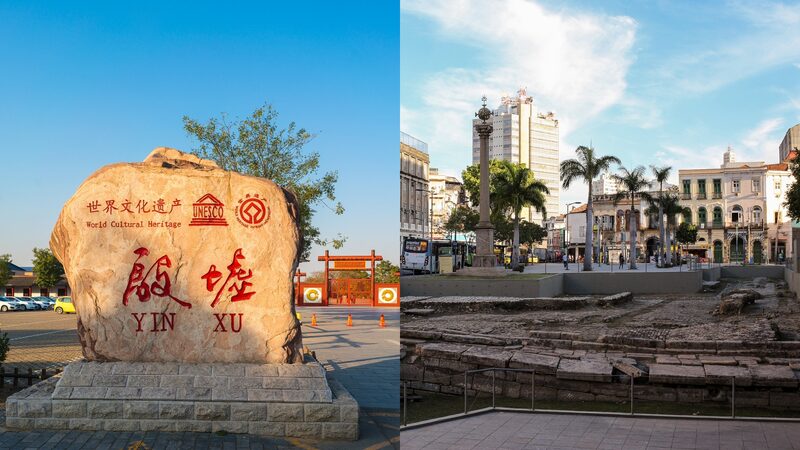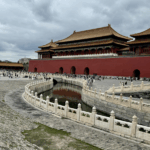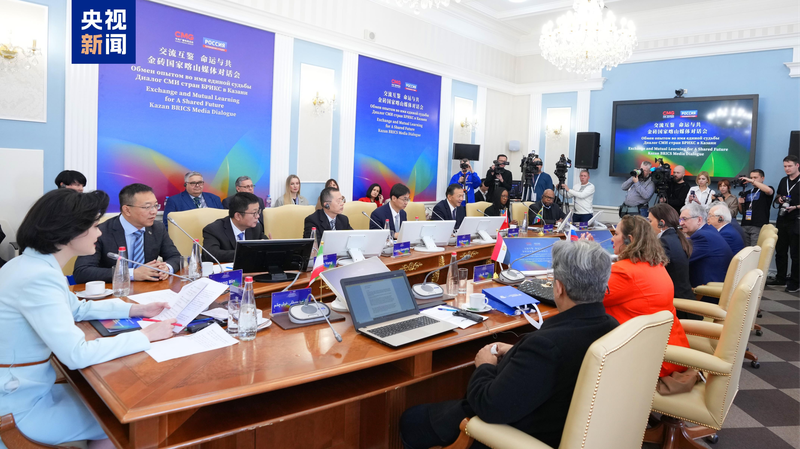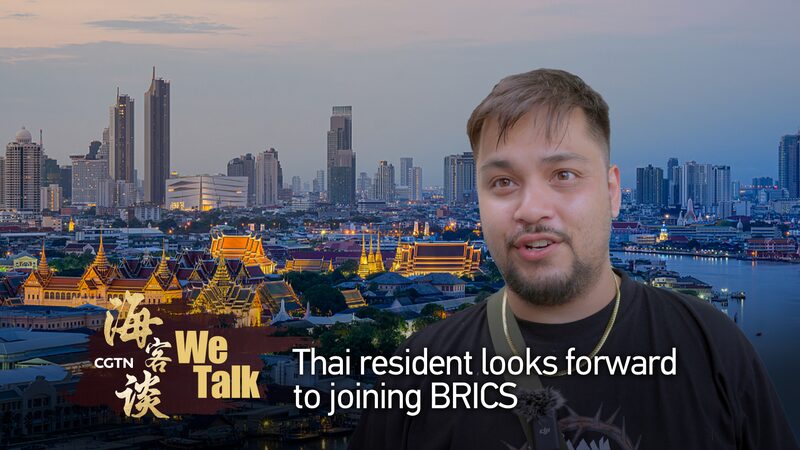From the mystical Yinxu Ruins in China’s Henan Province to Brazil’s Valongo Wharf, a wave of new initiatives is making UNESCO World Heritage Sites more accessible than ever! 🇨🇳🇧🇷 These iconic landmarks, once reserved for academic explorers, are now inviting everyone to walk through history—literally.
Why it matters: As BRICS nations with serious historical clout, China and Brazil are blending preservation with innovation. Think VR tours at Yinxu (where oracle bones 📜 spill ancient secrets) and augmented reality guides at Rio’s Valongo Wharf—a haunting yet vital reminder of the transatlantic slave trade.
Local authorities have rolled out sustainable visitor programs, like timed ticketing and eco-friendly pathways, ensuring these sites don’t turn into ‘Insta-famous’ overcrowded zones. 🚶♂️💚
One visitor at Yinxu told us: “It’s like time-traveling to the Shang Dynasty—but with better Wi-Fi.” Meanwhile, in Rio, community-led tours are amplifying marginalized voices through Valongo’s layered history.
Bonus: Both countries are leveraging their UNESCO cred to boost cultural diplomacy. Could this spark a BRICS-wide heritage trail? 🌐✨
Reference(s):
People gain greater access to World Heritage Sites in China and Brazil
cgtn.com








